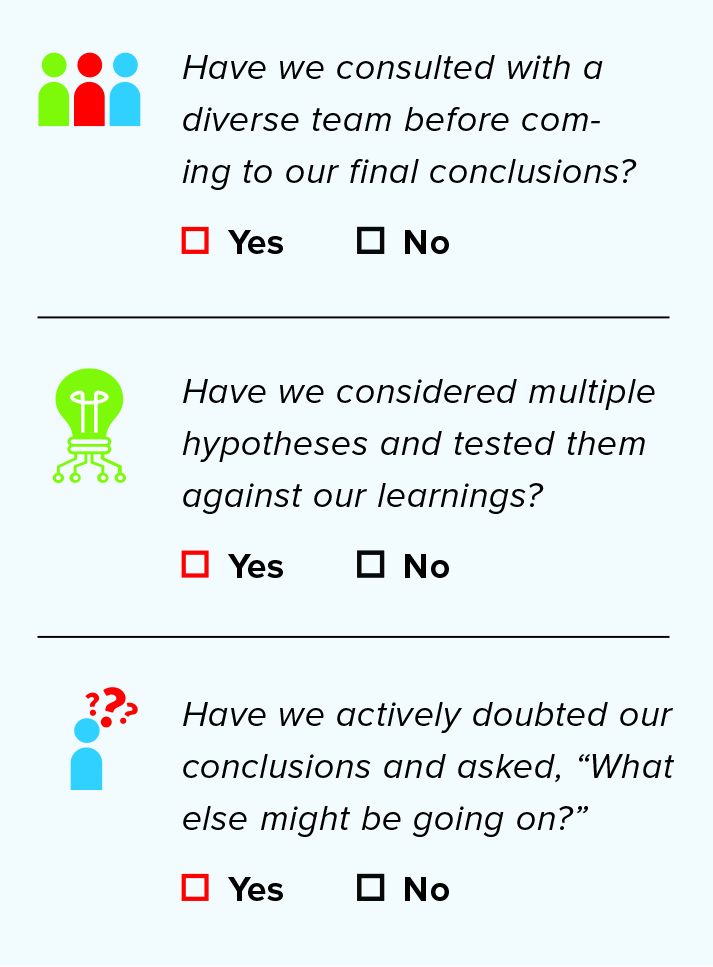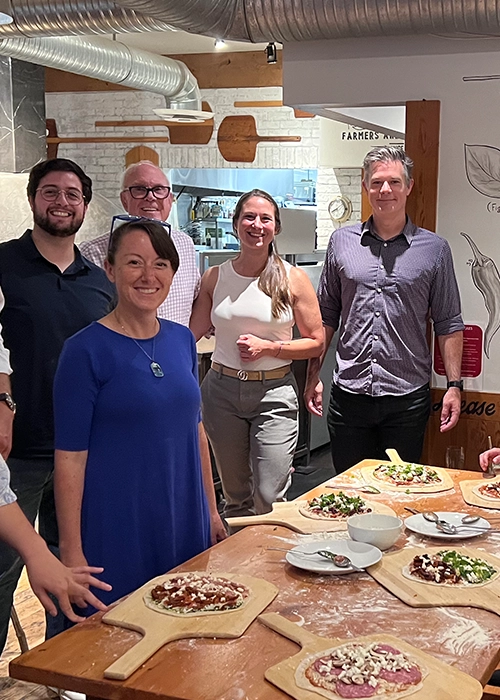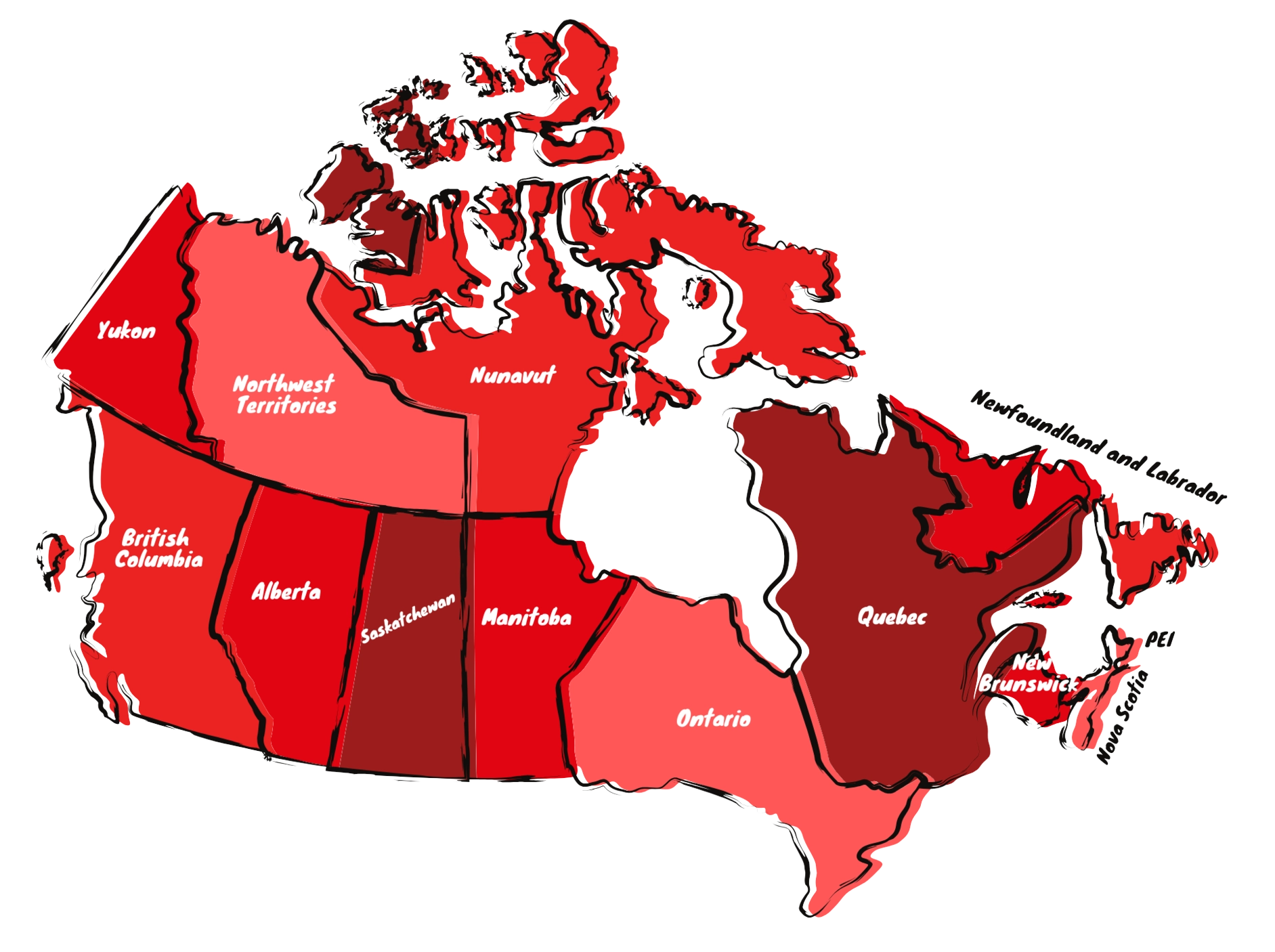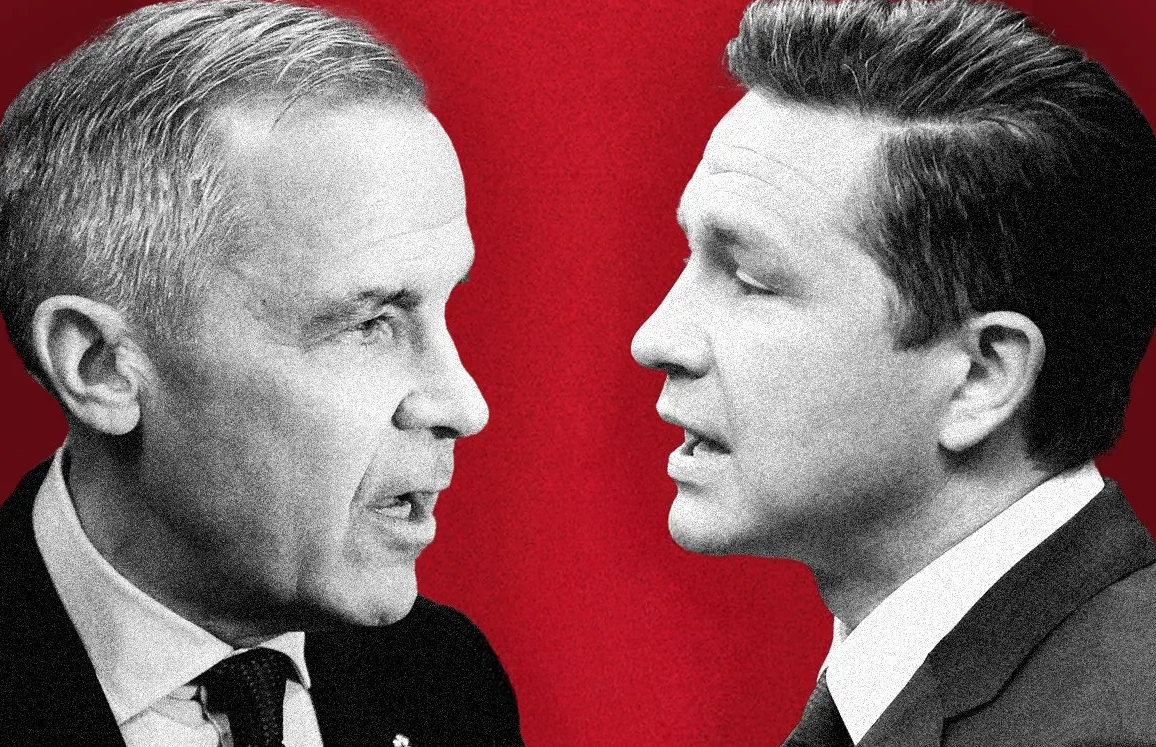This blog post originally ran in QRCA views. You can read the un-abridged version, complete with references, here.
Have you ever reached a conclusion that seemed logical, but later turned out to be wrong?
As humans, we are hardwired to find patterns and make quick decisions. While this skill is valuable, it can sometimes lead to incorrect conclusions.
When working in medicine, wrong assumptions can have fatal consequences. In policing and law, they can lead to wrongful convictions. In insights, they can result in bad advice that harms businesses.
So how can we avoid these pitfalls? By adopting two proven strategies: diversity and doubt. Seeking diverse perspectives and questioning assumptions leads to deeper understanding and more meaningful insights.
Learning from Other Sense-Makers
Doctors, lawyers, detectives, intelligence analysts, and scientists are all sense-makers. Like market researchers, they gather information, analyze it, and make decisions.
Over time, their work has revealed effective strategies for reducing bias. Let’s explore three key methods they use to battle unconscious bias.
Three Ways to Battle Bias
1. Teamwork
Collaboration exposes blind spots and helps avoid faulty conclusions. In medicine, teamwork shows up in practices like hospital rounds and peer reviews.
2. Doubt
Decision scientists have found that questioning assumptions and attempting to disprove them is highly effective for reducing bias.
3. Checklists
A checklist ensures that teamwork and doubt are consistently applied. It provides a structured process to prompt critical thinking and minimize errors.
Why Our Brains Seek Patterns
Before diving deeper into these strategies, it’s essential to understand our natural biases.
“Our brains are belief engines: evolved pattern-recognition machines that connect the dots and create meaning out of the patterns that we think we see,” writes Michael Shermer in The Believing Brain.
This evolutionary trait helps us work efficiently. However, it also means we often rely on expectations of patterns—even when they aren’t real.
Read the phrases in this diagram.
Simple, right? Paris in the spring. Once in a lifetime. Bird in the hand.
 But look more closely at the text in the triangles: the articles “the” and “a” appear twice in each phrase. Our brains focus on the expected sequence and ignore the evidence that doesn’t fit that pattern.
But look more closely at the text in the triangles: the articles “the” and “a” appear twice in each phrase. Our brains focus on the expected sequence and ignore the evidence that doesn’t fit that pattern.
Understanding Confirmation Bias
Humans are wired for confirmation bias, defined by the Oxford English Dictionary as the tendency to seek or favor information that supports existing beliefs while rejecting what challenges them.
This bias isn’t new. Julius Caesar captured its essence when he observed that humans are “quick to believe that which they wish to be true.”
Spotting confirmation bias in others is easy. For example, product managers may dismiss focus group feedback that contradicts their assumptions, labeling participants as “not the right people.” However, identifying bias in ourselves is far more challenging.
To tackle this, we need strategies to recognize and address bias. One of the most effective tools is teamwork.
Teamwork: Leveraging Diversity to Battle Bias
Why Diversity Matters
Diverse teams are essential for overcoming bias. Groups with varied backgrounds, experiences, and perspectives expose blind spots and challenge shared assumptions.
The National Research Council’s report, Intelligence Analysis for Tomorrow, emphasizes this:
“When people with heterogeneous backgrounds work together, their perspectives emerge in different ways, allowing more knowledge and solutions to emerge.”
Diversity can take many forms, including:
- Subject-matter expertise
- Functional background
- Personal experience
- Mission perspective
Practical Steps for Researchers
For researchers, especially those working remotely or solo, collaboration may require extra effort:
- Invite stakeholders from sales, CX, operations, and other departments to a 45-minute insight session.
- Schedule 10–15-minute one-on-one calls with team members for their unique input.
- Seek external perspectives through reviews, articles, and social media analysis, including opinions from both fans and critics.
Yes, collaboration takes effort. But the cost of missing crucial insights is far higher.
Doubt: Shifting Perspectives for Better Decisions
The Power of Doubt
The impact of doubt is transformative, even if at first it might seem negative. As Voltaire said, “Doubt is an uncomfortable condition, but certainty is a ridiculous one.”
Doubt relies on metacognition—awareness of your own thought processes. In medicine, this has proven lifesaving.
Drs. Eoin O’Sullivan and Susie Schofield, in Cognitive Bias in Clinical Medicine, highlight the importance of asking, “What else could this be?” This practice forces consideration of alternative diagnoses and improves decision-making.
Doubt in Forecasting
In intelligence forecasting, doubt also improves accuracy. Philip Tetlock and Dan Gardner, in Superforecasting, found that asking people to question their initial judgment and make a second estimate significantly increases accuracy.
Doubt is powerful but not always intuitive. That’s where checklists come in.
Checklists: A Process for Battling Bias
Why Checklists Work
In order to combat bias, checklists can be a powerful tool. They provide a structured process to prompt critical thinking and ensure diverse perspectives are considered.
Here is a simple checklist that, when employed, reminds us to have diversity and doubt when engaging with teams.

If we can say “yes” to each of these simple questions, we can be even more sure that our learnings will help and not hinder our clients.
You might think to yourself: “Seriously, though, a checklist, really?”
Why Do We Resist Checklists?
For many professionals, the idea of using a checklist feels like an insult. It may seem to suggest that we’re incapable of doing our job without one.
That’s exactly what renowned surgeon and author Atul Gawande thought initially. Gawande, known for his groundbreaking book The Checklist Manifesto: How to Get Things Right has dedicated much of his career to improving healthcare systems and surgical outcomes through checklists.
Atul Gawande’s Journey with Checklists
The Evidence Behind Checklists
Gawande’s research emphasizes how checklists ensure that critical steps aren’t missed. They help prevent errors, enhance accuracy, and improve teamwork. In healthcare, this approach has saved countless lives and improved surgical outcomes.
Doubting the Value of Checklists
Despite the evidence, Gawande was skeptical when implementing a surgical checklist in his own practice. He described his initial doubts:
“Did I think the checklist would make much of a difference in my cases? No. In my cases? Please. To my chagrin, however, I have yet to get through a week in surgery without the checklists leading us to catch something we would have missed.”
One week alone revealed three critical catches across five surgeries—all thanks to the checklist.
Why Checklists Work
Catching What We Miss
Checklists work because they force us to confront overlooked details. As Gawande discovered, even the most experienced professionals benefit from this structured approach.
Overcoming Resistance
Many of us believe we’ve already internalized essential steps. However, when we stop and honestly go through a checklist, we often realize we’ve missed something important—or could improve our process.
How Checklists Lead to Better Insights
Addressing Bias
Generating insights is not as simple as it seems. Bias, whether unconscious or otherwise, can easily cloud judgment. Without purposeful effort, its effects often go unnoticed.
Leveraging Diversity and Doubt
Combining checklists with diverse perspectives and critical questioning helps mitigate bias. Diverse teams reveal blind spots, while doubt encourages us to challenge assumptions. So, having diversity and doubt it essential to improving insights.
Putting Checklists to the Test
Try It for Yourself
Don’t just take Gawande’s word for it—try a checklist in your own work. Whether you’re conducting research, analyzing data, or leading a team, a checklist can help you avoid errors and deliver better results.
Battling Bias for Better Insights
Checklists, combined with diversity and doubt, are essential tools for generating meaningful insights. They take time and effort to implement but are invaluable in avoiding errors and helping teams achieve success. Therefore, by using a checklist you not only improve your process but also ensuring you’re delivering accurate, reliable outcomes for your clients.
Recommended
Trade Pressure, Voter Priorities, and the Power of Perception
Takeaways from our April 3 Countdown to Canada Webinar In our most recent Countdown to Canada webinar, we focused on two major themes: the political implications of Trump’s latest trade move—and what it means (and doesn’t mean) for Canada—and the rising importance of...
Measuring Canadian Pride: What It Means, How It’s Tracked, and Why It Matters
National pride is an essential part of any country’s identity, influencing everything from politics and culture to international relations. But what exactly does it mean to be proud of one’s country? And more importantly, how do we measure it? Recent data from the...
Trade Pressure, Voter Priorities, and the Power of Perception
Takeaways from our April 3 Countdown to Canada Webinar In our most recent Countdown to Canada webinar, we focused on two major themes: the political implications of Trump’s latest trade move – and what it means (and doesn’t mean) for Canada – and the...
Countdown to Canada: Week 2 Wrap up.
What the “Crisis Election” Reveals About Canada Right Now Last week, I hosted week 2 of our weekly webinar series; Countdown to Canada — a 20-minute live webinar where we unpack what’s really going on in this year’s Canadian federal election. What came out of the...









